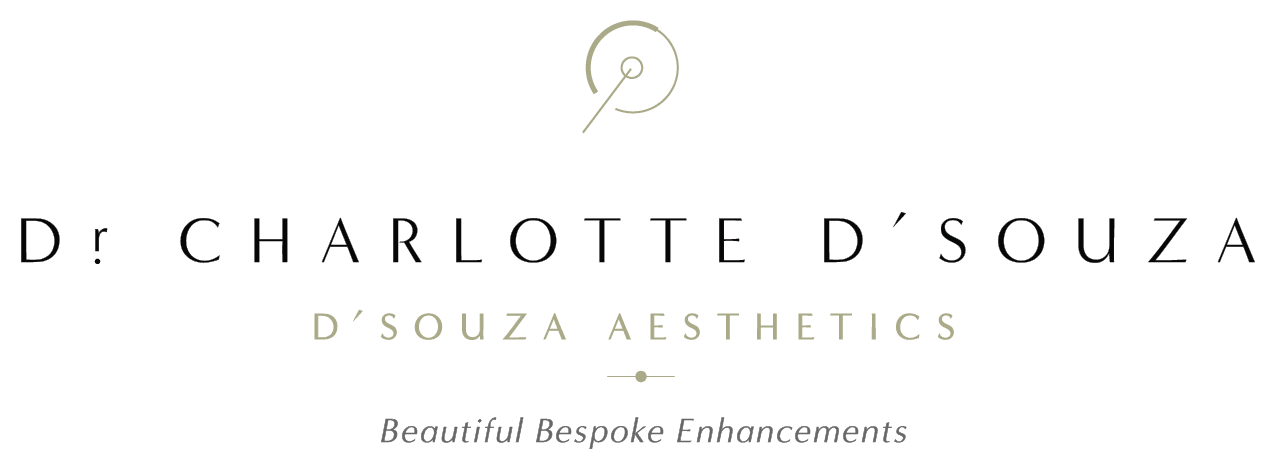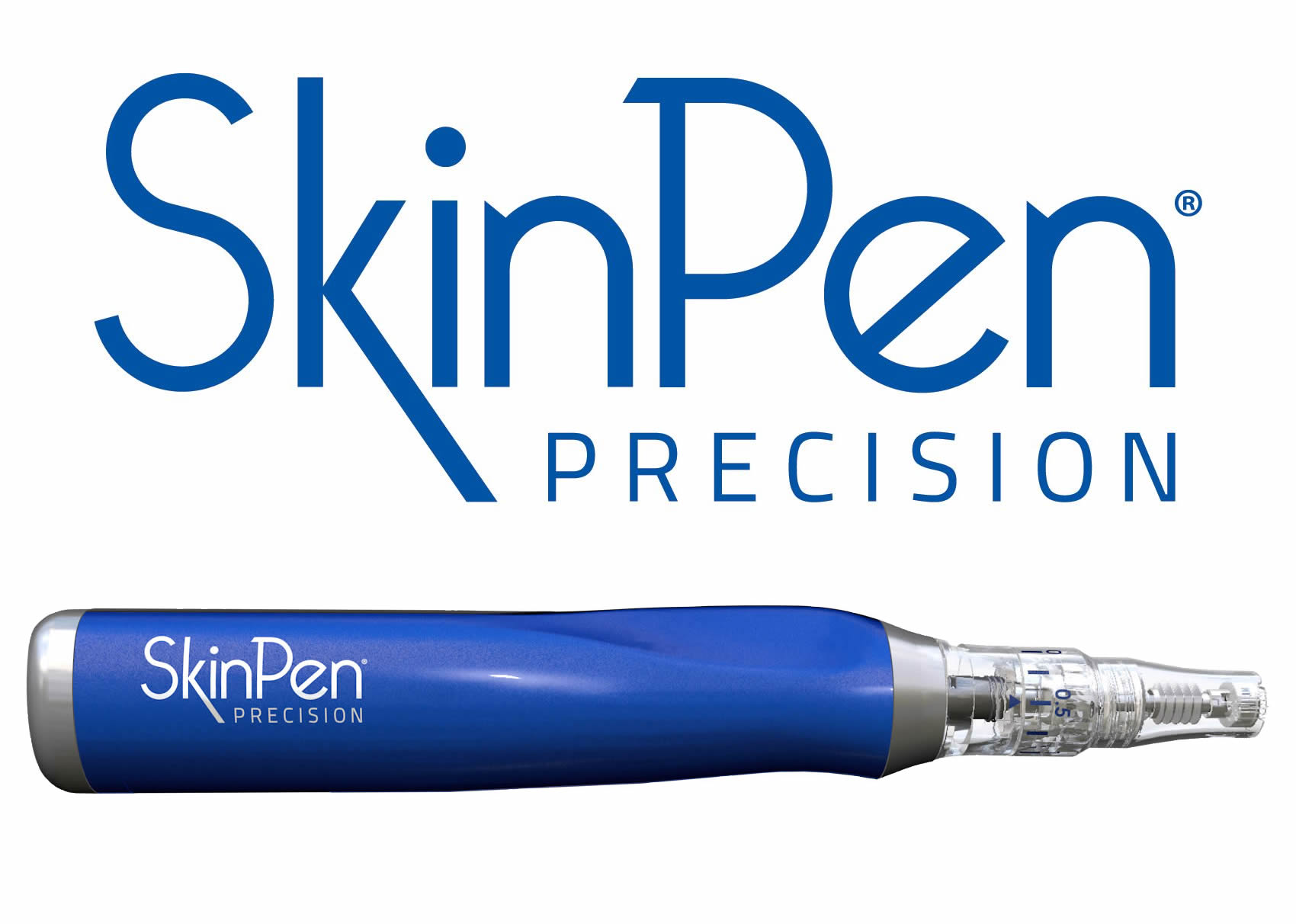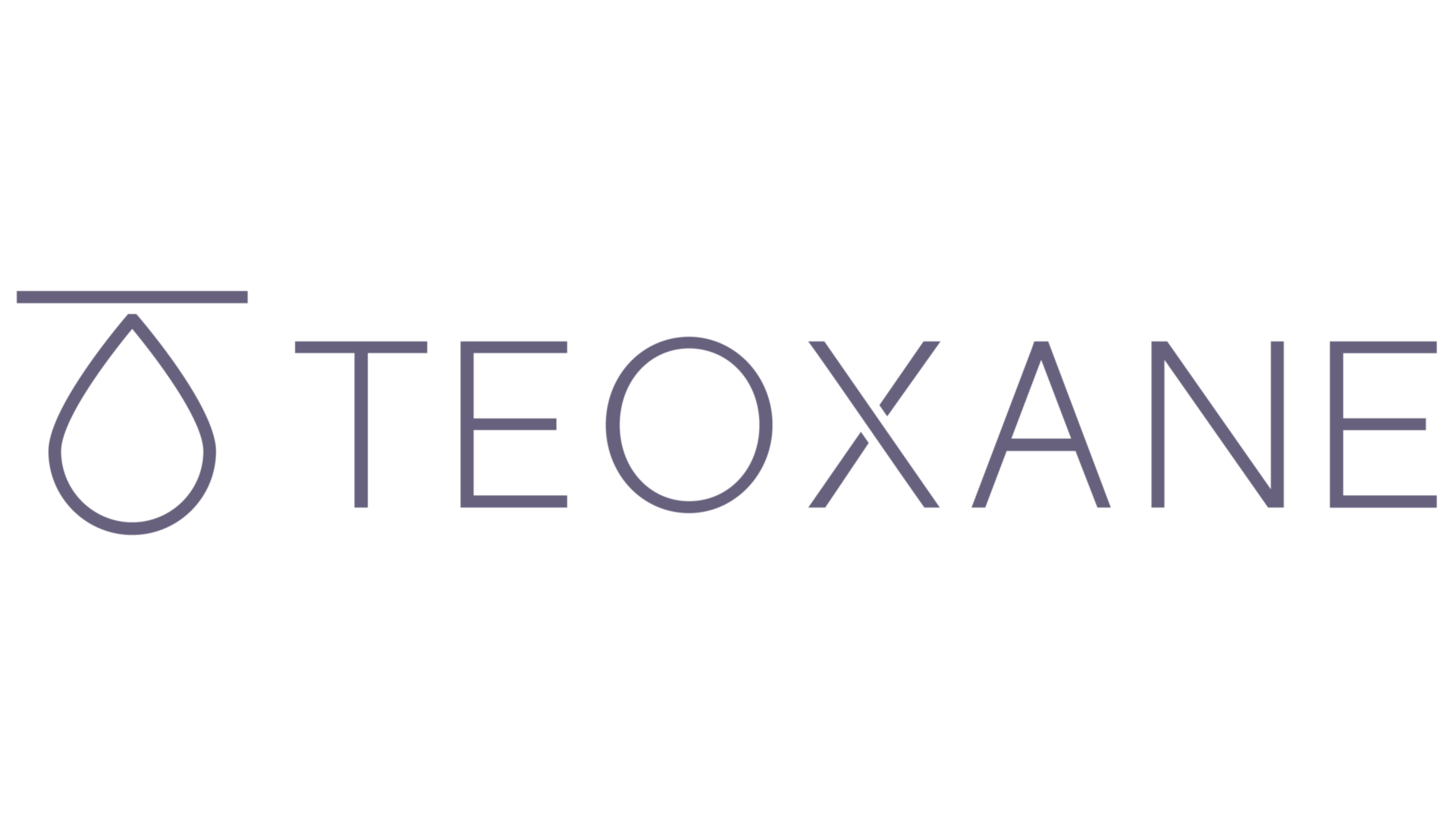The world of skincare products for men can be daunting. So many brands to choose from and so many different options: creams, gels, serums… During my advanced dermatology training, countless times male doctors remarked how confusing skin care was, how time consuming a daily routine was, and asked ‘cannot one multi-use product do it all?!’
Similarly my own male family members have commented how little knowledge they have on skin health, products, and asked for my help. Many women learn from their mothers, sisters, aunts and friends about skin care, when to use which products, active ingredients, etc. Marketing is largely aimed at women, we are bombarded with adverts on both social and print media, and it is more socially acceptable for women to talk about and use skin care. Men have been somewhat left behind and are understandably confused about the HUGE choice in products and overwhelming body of advice and information. Hopefully I can help you here!
With the beauty market saturated with products claiming they can minimise wrinkles, reduce pores, erase blemishes and return your skin to the youthful appearance of a 25 years old, it’s hard not to feel confused about what works, what doesn’t and if it’s actually worth it to invest time trying to figure out what to use, especially when most products are aimed at women.
However men too want to experience less frequent breakouts, show less irritation and redness, and make fine lines and wrinkles a lot less visible. They also need a good skincare regimen.
Effective skincare takes more than just washing your face and hydrating it with a moisturiser. Like anything worthwhile, it takes commitment, consistency, and care, not to mention a good understanding of your type of skin.
Besides, a good skincare regimen is not just the foundation of good grooming, but a great way of improving your overall well being. Within a few weeks of sticking to it, your skin will not only look better but feel healthier too, giving you a boost in confidence and self-esteem.
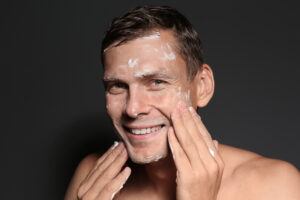
So, how do you start a skincare routine?
The first step to create your skincare routine is understanding what type of skin you are. The Fitzpatrick skin type is a classification system used by dermatologists and skin professionals to help determine how your skin reacts to ultraviolet light or sun exposure, based on its colour shade and overall level of skin pigmentation (melanin).
When you know your skin type, which can range from very fair (type 1) to very dark (type 6), you need to determine how your skin behaves. Does it show excessive oil, dryness, sensitivity?
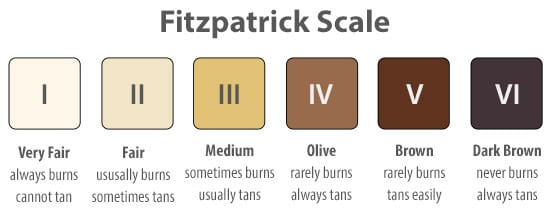
Once you have established this, the next step is to be clear on what specific skin issues you’d like to tackle. It could be that your skin breaks out frequently, you suffer with pigmentation concerns, or are starting to show signs of ageing with more prominent fine lines and wrinkles.
An effective skincare regimen would include products which meet your skin type’s needs and are able to alleviate your skin concerns, enhancing its health and radiance.
When it comes to choosing the right skincare, as a doctor myself, I always look for evidence-based science behind products to ensure skin receives the best care and improves its condition.
How many products do you need and in which order should you apply them?
Here is my step-by-step guide on what products your skincare routine should include and in which order to use them. For best results, you need to be consistent and follow the steps twice a day – every morning and evening.
Step 1: Cleanse
Your first step is to wash your face. A good cleanser removes toxins and oils, gets rid of bacteria from you touching your face, and any debris, grime, or topical products you’ve applied. Beyond hygiene, cleansing allows any products you apply afterwards to be properly absorbed by the skin for maximum efficacy.
For best results, choose a cleanser which addresses your skin’s needs and is formulated for either normal to dry skin or normal to oily skin. Avoid products that are excessively harsh, they will only damage your skin and not clean it more effectively.

Step 2: Tone
Toning is the second step in your skincare regimen. The purpose of a toner is to bring your skin back to its natural acidic state, in order to re-balance its pH levels. It also sweeps impurities away and helps your skin absorb your skincare products more easily. Toners can contain acids, glycerin, antioxidants, and anti-inflammatories. Their fast-penetrating liquid formula delivers your skin a quick hit of hydration and helps remove some dead cells off its surface, resulting in plumper, more radiant skin.
If you are dealing with acne or ingrown hairs, look for a toner with a high concentration of lactic or salicylic acid—ideally in combination with more soothing ingredients like aloe. For signs of ageing or dark spots, go for ingredients like AHA, BHA, or glycolic acid.
A toner is normally applied using a cotton pad. Simply wipe a small amount over your face to deep clean your pores and get rid of excess oil and build-up.
Step 3: Exfoliate
Exfoliation is the process of removing dead, dry skin cells from the uppermost layer of your skin, to reveal new, fresh skin underneath. If you want to enjoy a healthy, brighter complexion, you should exfoliate two to three times a week only. Regular exfoliation helps:⠀⠀⠀⠀⠀⠀⠀⠀⠀
✓ minimise the appearance of fine lines and wrinkles⠀⠀⠀⠀⠀⠀⠀⠀
✓ keep pores clean and prevent clogging⠀⠀⠀⠀⠀⠀
✓ your skin absorb moisture and retain it⠀⠀⠀⠀⠀⠀⠀
✓ reduce and prevent acne by removing bacteria that may be on your skin⠀
Men exfoliate every time they shave, therefore they don’t need to use a scrub or anything that’s too harsh. Instead you can opt for a liquid exfoliant, containing acids such as glycolic and salicylic as well as fruit enzymes such as pumpkin and pineapple. These are usually applied to a cotton pad and swept over skin to help you shed away dull/dead skin.
Step 4: Active ingredients
If you suffer from hyperpigmentation and your skin is badly affected by sun or age spots, or uneven skin tone, you may want to introduce a product which contains a prescription-strength, active ingredient, such as Hydroquinone.
Hydroquinone is a skin bleaching agent formulated to help correct various types of discolouration on skin and restore a more even skin tone. It can transform your skin giving it an even tone after just a few weeks usage. It is essential that you protect your skin from the sun and wear daily suncream when using hydroquinone.
If acne or prominent lines are your skin’s culprits, you may want to use a Tretinoin gel or cream. Also prescription-only, tretinoin is a vitamin A derivative that is commonly used to prevent acne and reverse the signs of ageing by increasing collagen production, clear breakouts, and plump out fine lines. You can read more here.
As this is a very potent ingredient, you only need a pea-sized amount. If you prefer not to use your fingers, you can also apply tretinoin using a cotton pad. You should wait for at least 20 minutes for your skin to fully absorb the tretinoin before applying moisturiser or any other skincare products. Depending on the severity of your condition, you’d be asked by your doctor to apply tretinoin once or twice a day, but it is usually applied in the evening.
Benzoyl peroxide is another prescription medication that dramatically improves acne-prone skin. It works best alongside skincare containing salicyclic acid to clear breakouts, prevent future spots, and reduce pore size.
Step 5: Moisturise
Keeping your skin hydrated at all times is key to enjoying a healthy and youthful complexion. The role of a moisturiser is not only to prevent water loss through the outer layers of skin but also strengthen your skin barrier. It can assist in complementing the natural protective oils and other building blocks within the skin, such as ceramides, and protect it from environmental aggressors.
Depending on the type of product and ingredients, you don’t necessarily need to have a separate day and night moisturiser. On most occasions, the only difference is that morning moisturisers tend to be lighter and may contain SPF, whereas some evening moisturisers are slightly heavier with ingredients that focus on repairing the skin.
Step 6: Sunscreen
The golden rule of best skincare is to wear sunscreen – sun damage accounts for 80% of skin ageing, so start young if you can! Sunscreen is not just for the beach or when you are on holiday. Sun exposure happens every day — when walking the dog, driving to the shops, and when you’re sitting by the window working. It also happens whether it’s sunny or cloudy.
Sun exposure contributes to 80% of visible skin ageing, but also potentially leads to skin cancer.
Sunscreens’ job is to protect your skin from harmful UV rays. They use UV filters to shield your skin from the sun, creating a layer which acts as a barrier, and hence reduces the risk of getting sun damage. This is why they are an integral in any healthy skin and anti-ageing regimen.
When choosing a sunscreen, go for SPF-30 or higher to ensure you are giving your skin enough protection.
To read more check out my blog Everything you need to know about sunscreen
And finally, if you want to boost your skin’s radiance, you can also add a Vitamin C serum to the mix.
Vitamin C is a potent antioxidant that protects skin from UV damage, stimulates collagen production, and lifts away dark spots revealing brighter and more glowing skin. The easiest way to work it into your routine is to apply a few drops of the serum before your moisturiser in the morning to brighten and tighten your complexion.
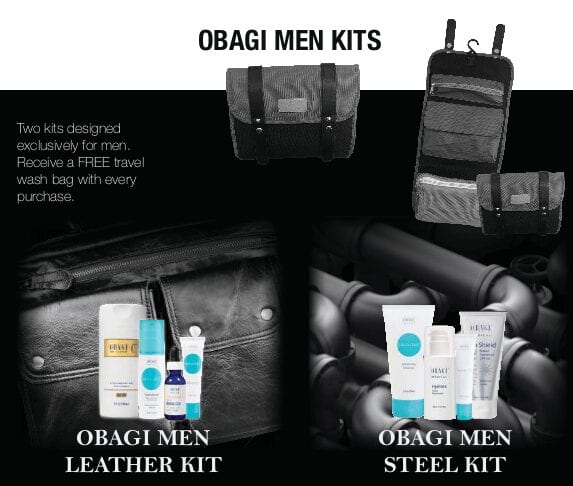
I proudly partner with Obagi Medical, a company I trust and whose products have been scientifically proven, showing significant results when treating skin concerns such as premature skin ageing, acne, hyperpigmentation, sun damage, and melasma. Very helpfully, all of their products have a sun or moon on to show you whether they should be used in the morning, evening, or both. Also, if you buy one of their complete ranges, the products are numbered so you know which order to use them in. They make it so easy, you can’t mess it up! I can recommend and prescribe skin care products bespoke to your skin concerns and needs. Enquire now for a free consultation.
For more information on how I can help you find a holistic skincare solution that can truly transform your skin, get in touch. I offer free video or in-person consultations.
